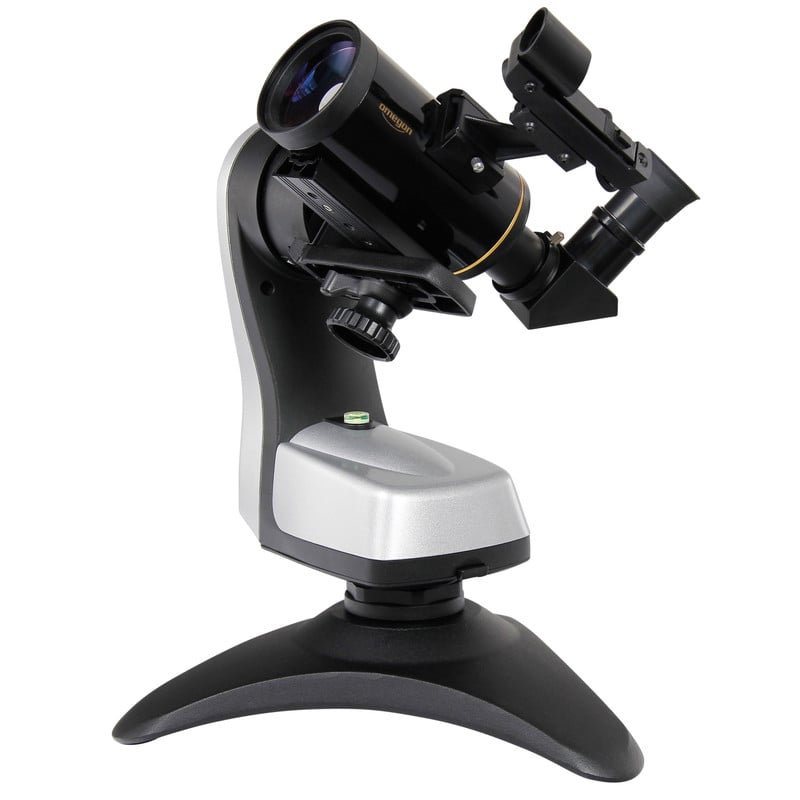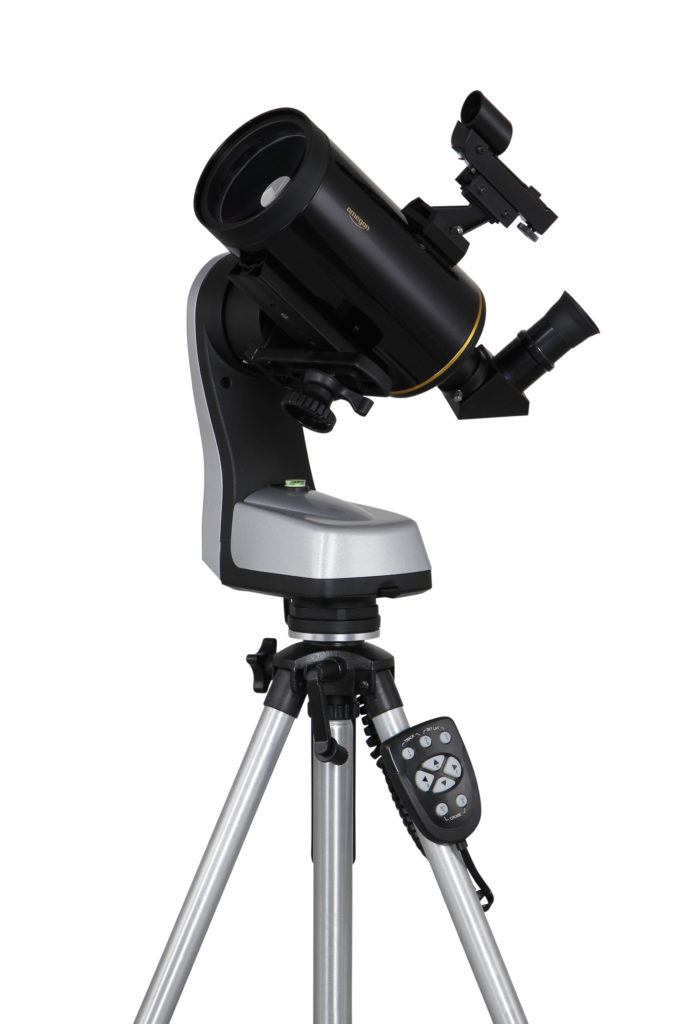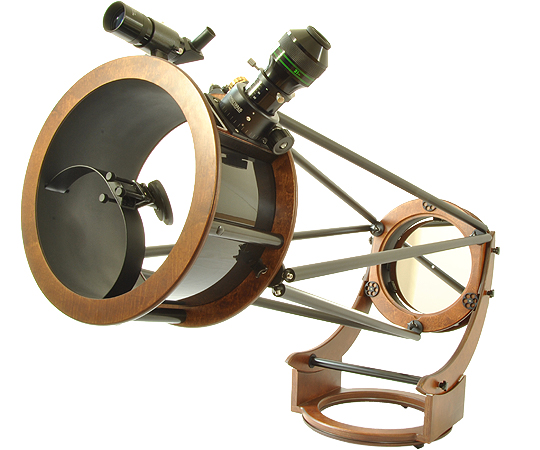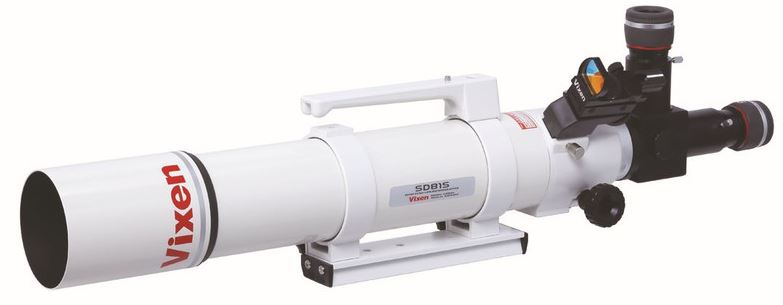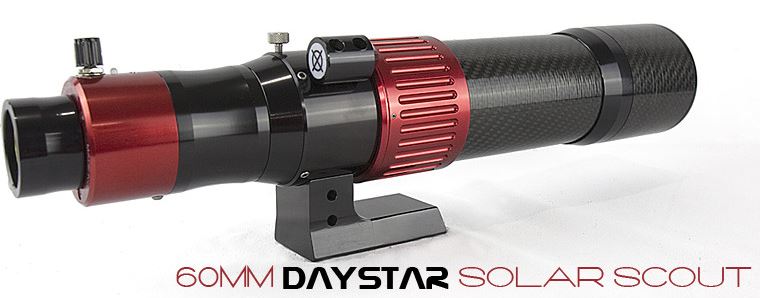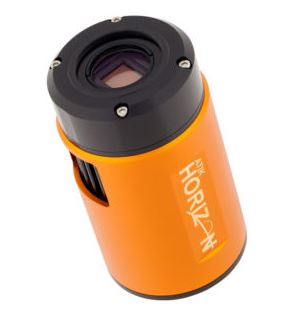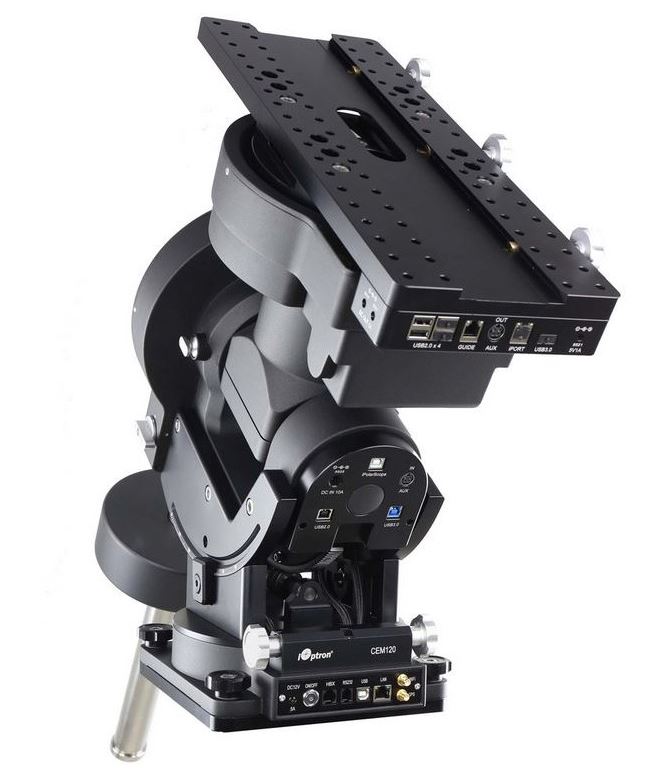The new astrological calendar for the next three months summarised in graphic form. The astronomical infographic, “Highlights in the winter sky”, shows you at a glance what is going on in the sky. The following text will tell you more about some of the events taking place.
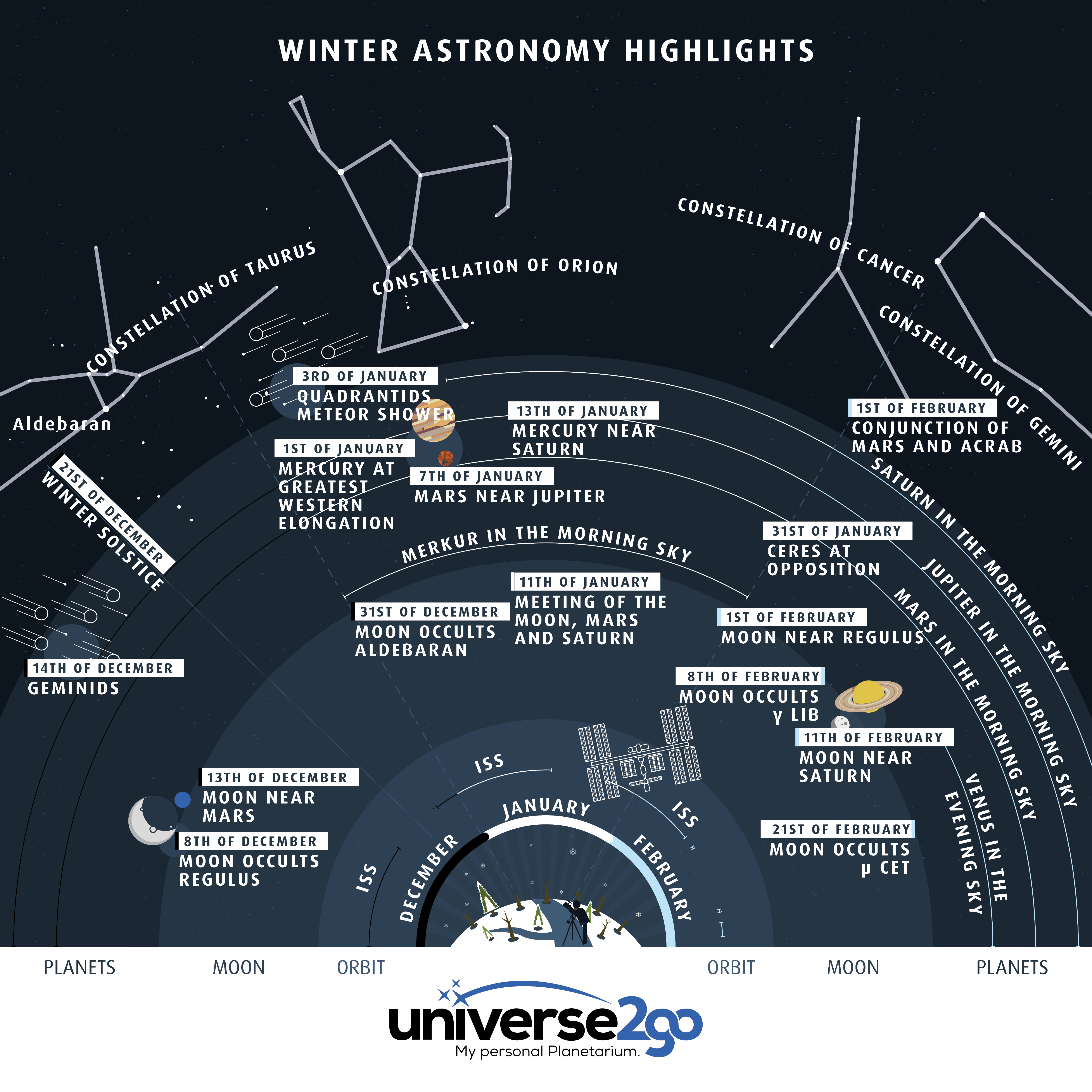
08.12. Moon obscures Regulus
At the beginning of September, the waning moon will obscure the bright star, Regulus, in the constellation of Leo. It is a noticeable event because Regulus, at 1.3 mag, is one of the brightest stars in the sky. Binoculars or a small telescope are sufficient to follow this event. But: You need a good view of the north-east horizon. The best thing to do is observe from a wide open space or from a raised point. It is important that there are no houses or trees that could block your view.
13.12. Moon meets Mars
The slim crescent of the waning moon will meet up with Mars before sunrise. It is currently at a distance of 6 degrees. There are, however, more things to discover: These two heavenly bodies plus the star, Spica, form a triangle. A little lower down, on the horizon, you will be able to see Jupiter. It almost looks as if all heavenly bodies are forming a kind of arrow that extends towards the horizon.
14.12 Geminids
If the evening sky is clear, look towards the south. The “Geminids” meteor shower can be seen coming out of the constellation of Gemini. To be more precise: From a point two degrees above the star, Pollux. Between 21:00 and 6:00 is the best for observing. The Geminids, with 120 meteors per hour, is one of the meteor showers with the highest incidence rate. This year, however, the full moon will obscure the view somewhat. However: You should not miss this event.
21.12. Winter solstice
Every year, on 21 or 22 December, we have the shortest day and the longest night. On 21 December, winter starts and the sun sets at 16.21. Night-time lasts around 12 hours. This is a dream for amateur astronomers who want to stay out observing the sky for a long stretch.
31.12. Moon obscures Aldebaran
Just before New Year, during the night from 30 to 31.12, the moon obscures the star, Aldebaran. It is the main star of the constellation of Taurus, and is one of the brightest stars in the sky. That is advantageous because the occultation of bright stars is fascinating. We almost have a full moon, but the moon gets closer to Aldebaran from its darker, interesting side. Aldebaran disappears around 2:25 and then reappears 30 minutes later on the opposite side of the moon.
01.01. Mercury in its largest westerly elongation
Mercury goes around the sun so quickly, and so close to it, that we cannot observe it all the time. But Mercury is now once more at a larger angle distance of 22° to the sun. In the morning sky, the rare guest rises around 6.30 in a south-easterly direction. Soon after that, however, sunrise starts and it fades as day commences. Luckily, Mercury is quite bright, and can, therefore, be seen until around 7.30. If it is cloudy over the New Year, you can still observe Mercury until 10 January.
03.01. Quadrantids
The next meteor shower is on its way to us: the Quadrantids. This meteor shower comes from the Boötes constellation. The meteor shower continues at a rate of 120 per hour across the sky. If you observe during the early hours of the morning between 2 and 3 January, you will have the greatest chance of having a successful session.
07.01. Mars meets Jupiter
On the morning of 7 January, two neighbours meet: Mars and Jupiter. In the middle of the constellation of Libra, they both light up very brightly at a distance of just 12 arc minutes. This is just a little over a third of the diameter of the moon. You can observe both of these planets on this day together with your telescope in the same field of view.
11.01. The meeting of the moon, Mars and Jupiter
A few days later, in the same region: Mars and Jupiter start to move away from each other again. But on this morning, the moon joins in the fun. The narrow crescent shines a good three degrees above the planets. Even if you’ll have to wrap up warm on this morning, this wonderful view will melt any ice.
13.01. Mercury meets Saturn
Mercury gives us one last opportunity before leaving the stage and steps out into the limelight. On this morning, however, it lets us see it with Saturn. Just before sunrise, both of these journeymen appear over the horizon in a south-east direction.
31.01. Ceres in opposition
Ceres is one of the most well-known but smallest of the dwarf plants in the solar system measuring just 963 kilometres in diameter. It goes around the sun in the asteroid belt between Mars and Jupiter about every 5 years. On 31 January, it will be in opposition to the sun and you can observe it in all its brightness. With brightness magnitudes of 6.9, it moves from the head of Leo between the constellations of the Lynx. You can find it with a telescope or even with binoculars.
01.02. Moon meats Regulus/Mars meets Acrab
If you like observing during the early hours of the morning, there is an interesting event during this night. At around 4.00, the pincers of Scorpio rise over the south-east horizon. There is something there, of course: Mars. The red planet goes past Acrab at a distance of just 18 degrees to the left.
And on the following evening, the moon goes past Regulus – the main star in the constellation of Leo – at a distance of just 7 arc minutes. The time for a meeting is favourable: At 19.00, the moon reaches the smallest distance.
08.02. Moon obscures γ Lib
This occultation will probably not be followed by a lot of observers, because it takes places in the sky in the early hours of the morning. When most people are still warm in bed. This makes this occultation of the star, γ Lib, by the moon in the constellation of Libra, a rarely observed event. The moon is 45% illuminated and approaches the star from its “bright” side. At 4:20, the star disappears behind the moon and at 5:30 is reappears on the non-illuminated side.
11.02 Moon meets Saturn
The moon likes to pay the occasional visit or two to our planets. On 11 February, it will be visiting Saturn again. Such encounters always make an enticing spectacle. And a beautiful occasion for an atmospheric photo with a standing camera and lens. The moon is around 3.5° higher in the sky, so you will see it first. At around 5.00, Saturn peers over the horizon. It is actually not the best time for the ringed planet. In the coming months, it doesn’t come up until the second half of the night. It doesn’t start to rise at a more pleasant time until the approach of early summer. In June, it is then in opposition to the sun.
21.02. Moon obscures μ Cet
An occultation in the evening sky: And that’s before the news! At 18.20, the moon obscures the star, μ Cet, in the constellation of Cetus. After a good hour, around 19.17, the star rises again on the other side. This time, the moon approaches from its non-illuminated side. If you observe the star, it disappears so quickly it looks like someone just switches it off.
23.02. Moon obscures Aldebaran
A highlight is the occultation of Aldebaran. Like last December, you should not miss this event, because occultations like this are extremely rare. It is the last occultation for many years.
The moon approaches from its dark side. For many observers, it is surprising that the star disappears suddenly even though they are expecting it. Things get going at 17.50: Aldebaran disappears and then reappears at 18:50, a good hour later. It is interesting for amateurs to observe star occultations from the beginning to the end, monitoring the time accurately. This is possible, for example, with sensitive Touptek cameras and SharpCap 2.7 software, with which you can add a precise time signal.
The team of Astroshop.de wish you much enjoyment observing and clear skies.

